Sections (/SECT) |

|

|

|

|
|
Sections (/SECT) |

|

|

|

|
A section is a cut in the structure, where forces, moments or energy will be computed and stored in output files (using /TH/SECTIO). In RADIOSS /SECT, /SECT/PARAL and /SECT/CIRCLE can be used to define a section.
Generally, to define the section, the following points are required:
| • | A cutting plane (which defined either by 3 points or by parallelogram or by a circular disk) |
| • | A reference point to compute forces |
| • | A direction of the section |
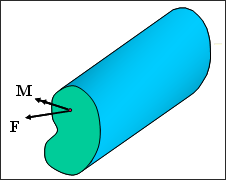
Fig. 3.16: Definition of a section for an oriented solid
In /SECT, the cutting plane is defined by a group of elements and its orientation by a group of nodes, as shown in Fig. 3.17.
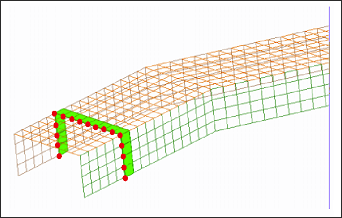
Fig. 3.17: Definition of a section for a shell mesh
Then, a point is defined for the center of rotation of the section and a reference frame is attached to this point to compute the internal efforts.
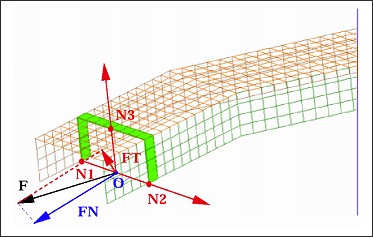
Fig. 3.18: Center of rotation and its associated frame for a section
The resultant of all forces applied to the elements and its application point are computed by:
![]()
![]()
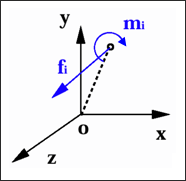
Fig. 3.19: Resultant of force and moment for a node I with the rotation point O
In /SECT/PARAL, the cutting parallelogram is defined by point MM1 and MM2. Force or moment will be computed on the group of nodes which intersected by parallelogram.
In /SECT/CIRCLE, the cutting disk is defined by point M, Radius and the normal vector. Force or moment will be computed on the group of nodes which intersected by a circular disk (Fig. 3.20).
Using /SECT/PARAL and /SECT/CIRCLE the group of nodes will be automatically selected. It is easier if you remesh the part (not like in /SECT, you also need to update the group of nodes by preprocessor again).
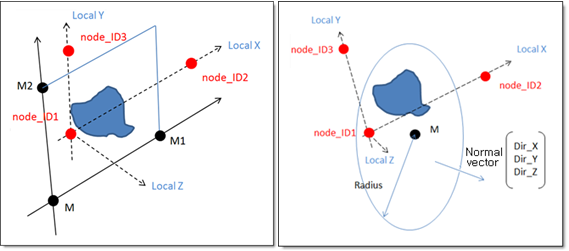
Fig. 3.20: Definition of a section using parallelogram and circle disk